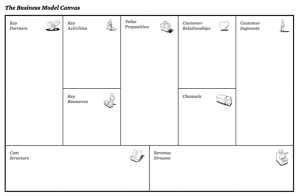Should Conflict Be An Organizational Value?
Use the word “conflict” in a workplace context and the first images that spring into mind are generally not that nice. What does the word conjure up for you? Perhaps a co-worker who refuses to meet deadlines, the shudder you experience when you see that client name on call display, or a boss who plays favourites. The unfortunate reality is that these conflicts can exist; when they do, they are disruptive and potentially harmful to both individuals and the organization.
However, conflict should not be avoided at all cost. A world without conflict, a world in which we never enter into opposition with anyone, would be boring. Competition in sports or games would be gone. The drive to build a better mouse trap, gone. Rewards for excellence, gone. No need for personal goal setting. Rethinking assumptions would never be considered. Humanity thrives on competition, challenge and opposition.
Healthy conflict stimulates creativity. It generates an exciting environment. Competition can be motivating, driving us to rethink previous business practices and encourage excellence. Healthy conflict can lead to personal growth. Because we don’t always articulate our deepest held values and convictions, conflict can make us aware of what’s important to others and to ourselves.
Even in instances where the conflict may not be healthy, it can be beneficial. Conflict within an organization can act as a bellwether of a much deeper, more fundamental or systematic issue. It may reflect a dissonance between personal and team or personal and corporate values. Good leaders will use conflict as a diagnostic tool to assess the health of the organization, the effectiveness of their leadership, and to foster internal innovation.
Next time you see conflict brewing on the horizon, take the time to consider its function within the organization. Is it a warning signal or an opportunity? Should you fan the flames of competition or harness the wisdom from frank and honest conversation? Do you need to clarify values, expectations and needs? Is it time to examine old assumptions? Conflict calls for transformation. Answer the call.
This blog post was written by Wendy Milne, Vice President, Operations.






